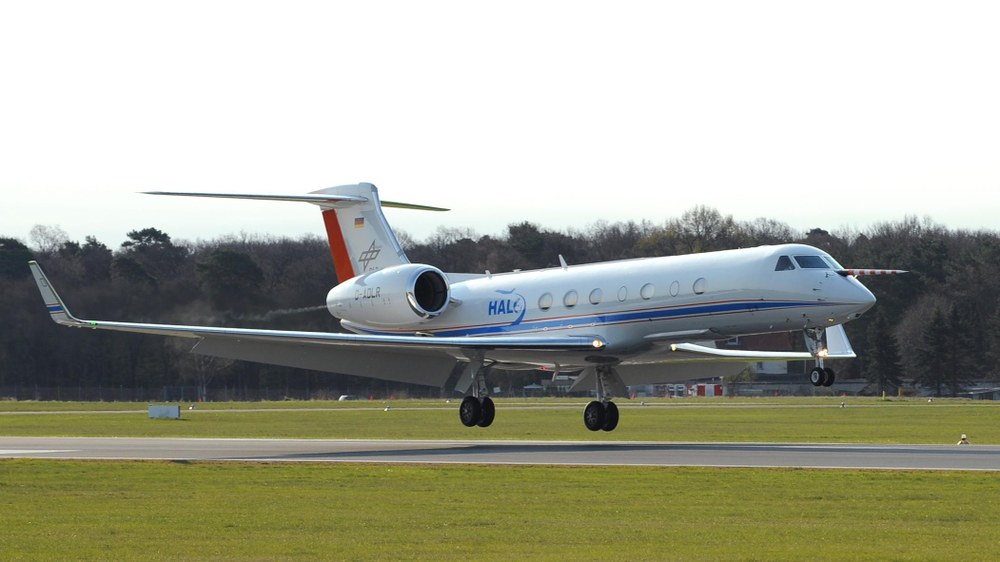Research priorities

Aerosols, clouds, hydrological cycle
Aerosols – microscopic particles suspended in the air – not only affect the quality of the air, but also reduce the amount of sunlight that reaches Earth's surface. This makes the air at ground level slightly cooler. Aerosols also change the radiative properties and lifetimes of clouds. The microphysical interactions between aerosols and clouds, and their influence on the atmospheric energy budget and the hydrological cycle can only be precisely determined by taking atmospheric measurements. This can be achieved by taking comparable measurements in different regions of the atmosphere – in relatively clean maritime regions, above rain forests, or in air masses polluted by industry or forest fires.
The atmosphere's self-cleaning capability
Oxidation processes initiated by hydroxyl radicals control the lifetime of various pollutants and greenhouse gases in the atmosphere. These radicals limit the increase in concentration of many gases by removing them from the atmosphere before they reach toxic concentrations or enter the stratosphere, where they contribute to ozone depletion. It will be of particular interest to measure the sharp increase in pollutant emissions in the principal source regions of Europe, North America and Asia, as well as to determine their effect on the atmospheric oxidation capacity. With HALO, many of the relevant trace gases including radicals can be measured simultaneously. This is necessary for understanding the chemical processes in the atmosphere and for validating existing atmospheric models.
Tropopause chemistry and dynamics
The transition zone between the troposphere and the stratosphere, at an altitude of 16 kilometres, is difficult to access for measurements. However, this region has a very substantial influence on the atmospheric energy budget and oxidation capacity, as well as on the vertical transport of momentum and trace gases. In addition, the influence of ice clouds at high altitudes (cirrus clouds) is of enormous significance for climate disruption; the climatic effect can be reinforced or weakened by this. The condensation trails and aerosols from the quickly growing fleet of commercial aircraft that fly at these altitudes influence cirrus clouds with consequences that are, as yet, unknown. HALO will be able to take the measurements necessary for quantifying these critical factors.
Climate change and extreme weather events
In a changing climate, coupled with increasing concentrations of greenhouse gases, precipitation is increasing in many regions. This is because more water evaporates if the Earth's surface is warmer. The precipitation rate in storms and large-scale weather systems increases in tandem with a modified vertical temperature profile. This leads to the increased upwards movement of air masses (convection) to the highest layers of the troposphere. This intense upwards movement must be compensated for by downwards movement into other areas, which become drier as a result. Using the HALO research aircraft, the entire high altitude region of the troposphere can be investigated with the appropriate scientific instruments. In this way, comprehensive knowledge of the convection region can be acquired.
